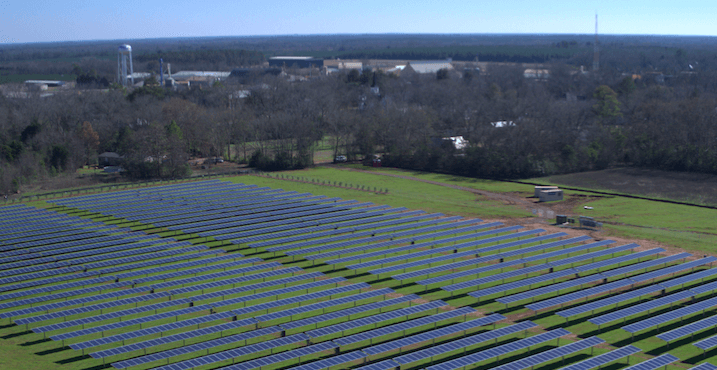
California Gov. Jerry Brown and former U.S. President Jimmy Carter are having the last laughs.
Both touted solar power during the 1970s as a tactic needed to wean the U.S. off Middle Eastern oil, combat smog and diversify the economy. As a result, both were widely mocked by their political opponents and in the media.
In addition to his push for solar, Brown also suggested California launch its own space program and eschewed the traditional perks of power during his first governorship in the mid '70s and early '80s. The result was the moniker “Governor Moonbeam,” which in part pushed him into the political wilderness for years. But now, as he pushes 80, Gov. Brown has launched an aggressive renewables program in California and enjoys high approval ratings as voters see him as the anti-Donald Trump.
Carter also faced a long road to redemption. His presidency became buried in high energy prices, the Iran hostage crisis and inflation. After being challenged for re-election in the Democratic primaries by Edward Kennedy and Brown (albeit briefly), Carter was crushed by Ronald Reagan in the November 1980 election. And the famous solar panels Carter installed atop the White House were eventually dismantled during the Reagan administration.
Those panels cost almost $30,000 and generated barely enough power to heat the executive mansion's water – but Carter saw the investment as a symbolic move to address the geopolitical realities of energy. Nevertheless, solar would not make an appearance at 1600 Pennsylvania Avenue until the administrations of George W. Bush and Barack Obama.
Now, the 92-year-old former president is paying it forward. Carter is leasing 10 acres of what used to be peanut and soybean fields for a solar array. The field of 3,852 solar panels will provide 1.3 megawatts of power, or about half of the electricity requirements for the Georgian hamlet of Plains, the little town of 700 people that Carter put on the map over 40 years ago.
In an interview with the New York Times, Carter tried to get through to Trump, who has been dismissive of renewables and appears determined to harvest more of North America’s hydrocarbon reserves. “I hope that we’ll see a realization on the part of the new administration,” Carter told Times reporter Alan Blinder, “that one of the best ways to provide new jobs, good-paying and productive and innovative jobs, is through the search for renewable sources of energy.”
Carter, who attended Trump’s inauguration, showed he is willing to be open-minded about Trump’s policies, particularly when it comes to jobs. In an interview with the German news agency Deutsche Welle, Carter was optimistic, even though he noted China is investing in renewables at seven times the rate of the U.S.
“Sometimes, there is a more philosophical objection to this by more right-wing Republicans,” Carter said, “but [Trump] has a high priority on job creation. And if they remember the tremendous potential of creating millions of jobs in America just from renewable energy sources, that will be a very good counter-argument.”
Atlanta-based SolAmerica Energy is paying Carter about $7,000 annually to lease the land. The resulting energy will be fed into Georgia Power’s local grid, and will provide enough power for about 200 of Plains’ 215 homes, reports the Atlanta Journal Constitution.
Image credit: SolAmerica Energy

Leon Kaye has written for 3p since 2010 and become executive editor in 2018. His previous work includes writing for the Guardian as well as other online and print publications. In addition, he's worked in sales executive roles within technology and financial research companies, as well as for a public relations firm, for which he consulted with one of the globe’s leading sustainability initiatives. Currently living in Central California, he’s traveled to 70-plus countries and has lived and worked in South Korea, the United Arab Emirates and Uruguay.
Leon’s an alum of Fresno State, the University of Maryland, Baltimore County and the University of Southern California's Marshall Business School. He enjoys traveling abroad as well as exploring California’s Central Coast and the Sierra Nevadas.














